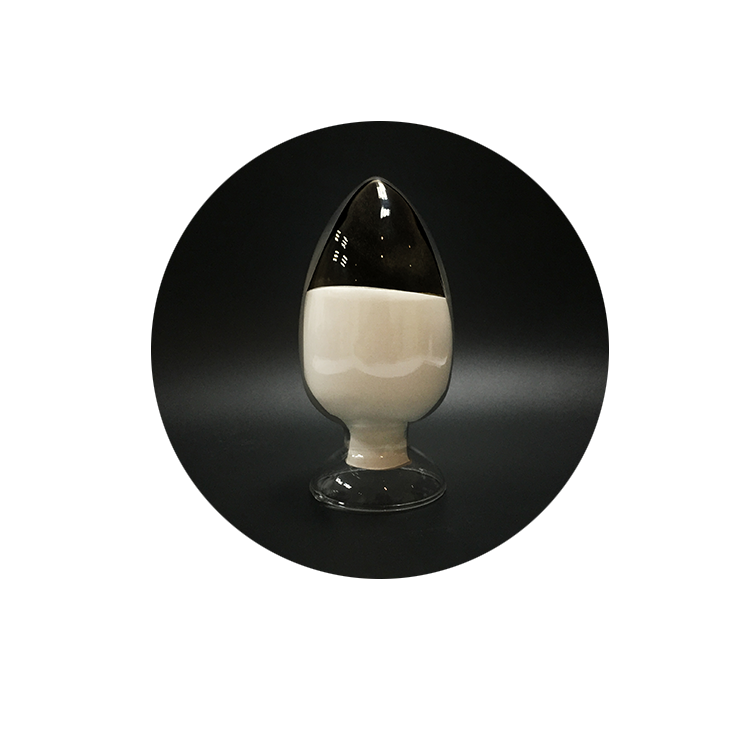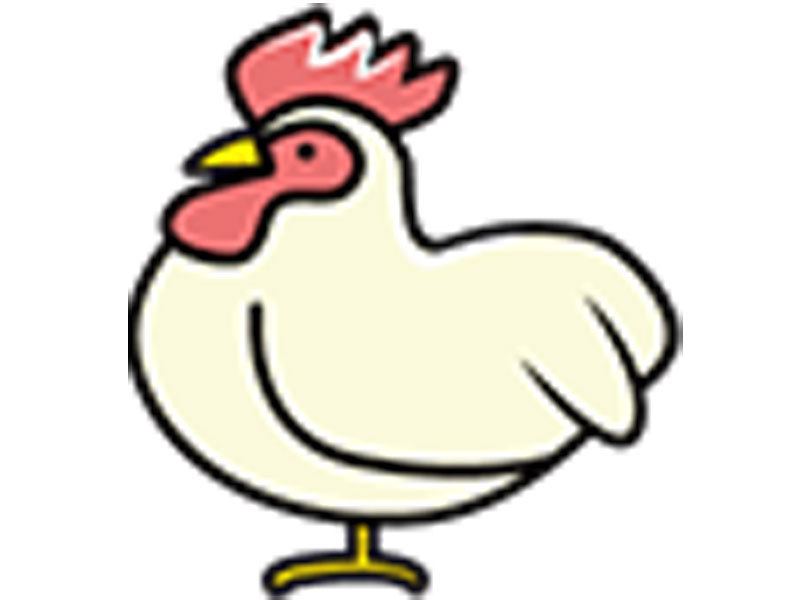Xylanase is Indispensable in Silage
Silage is made by cutting corn stalks and rice stalks into pieces after harvesting, adding silage agents under the condition of airtight and anoxic, through chemical action and microorganisms to quickly anaerobic fermentation of raw materials, and then bag storage. Xylanase silage can improve the utilization rate of feed, and is rich in nutrients, and solves the problem of insufficient supply of silage in winter.
1. Compared with traditional feed, the advantages of xylanase silage
Generally, after the green feed is matured and dried, the nutritional value is reduced by 30%-50%, and the carotene loss is up to 90%. The nutrient loss of silage is generally not more than 10%, especially the loss of crude protein and carotene is very small. In the process of hay feeding, livestock do not like to eat certain feeds due to the poor taste or aging of the crops themselves. However, after the fodder is silaged, a large amount of aromatic organic acids are produced, which greatly improves the palatability of livestock and increases feed intake.
After fermentation of xylanase silage, the indigestible cellulose in the original feed can be turned into sugar, so the cellulose digestibility of silage by cattle and sheep can be increased by 10.7%, which can improve the digestibility and utilization rate of feed as a whole. Properly preserved silage can be stored for several years, solving the phenomenon of lack of forage in autumn and winter, especially fresh green forage, so it can make up for the lack of time difference in the utilization of green forage, so that nutrients can achieve balanced supply throughout the year.
Silage improves the utilization rate of straw, turns waste into treasure, greatly improves the phenomenon of straw burning, reduces environmental pollution, reduces carbon dioxide emissions, and also increases farmers' income, which has a very positive effect.
2. The role of xylanase in silage
The enzyme preparations used in silage are mainly compound enzymes, such as cellulase, hemicellulase, xylanase, etc. The main component of cellulose is the most abundant polysaccharide except cellulose. Xylanase is the most important and effective means to eliminate the anti-nutritional effect of non-starch polysaccharides. It can decompose the fibrous substances in the feed into soluble sugars. Lactic acid bacteria provide nutrients, promote the reproduction of lactic acid bacteria, make lactic acid bacteria reach a sufficient number as soon as possible, produce a large amount of lactic acid, reduce the pH value, inhibit the growth of other harmful bacteria, reduce the loss of nutrients, and purposefully adjust the microbial activity and growth process in silage to ensure silage success.
Xylanase function: effectively decompose anti-nutritional factors, make silage more conducive to animal digestion, improve the absorption rate of silage nutrients by animals, feed corn and alfalfa treated with cellulase and xylanase to dairy cows When silage was mixed, milk production increased by 10.8% after 2 to 4 weeks and continued throughout the trial period.



